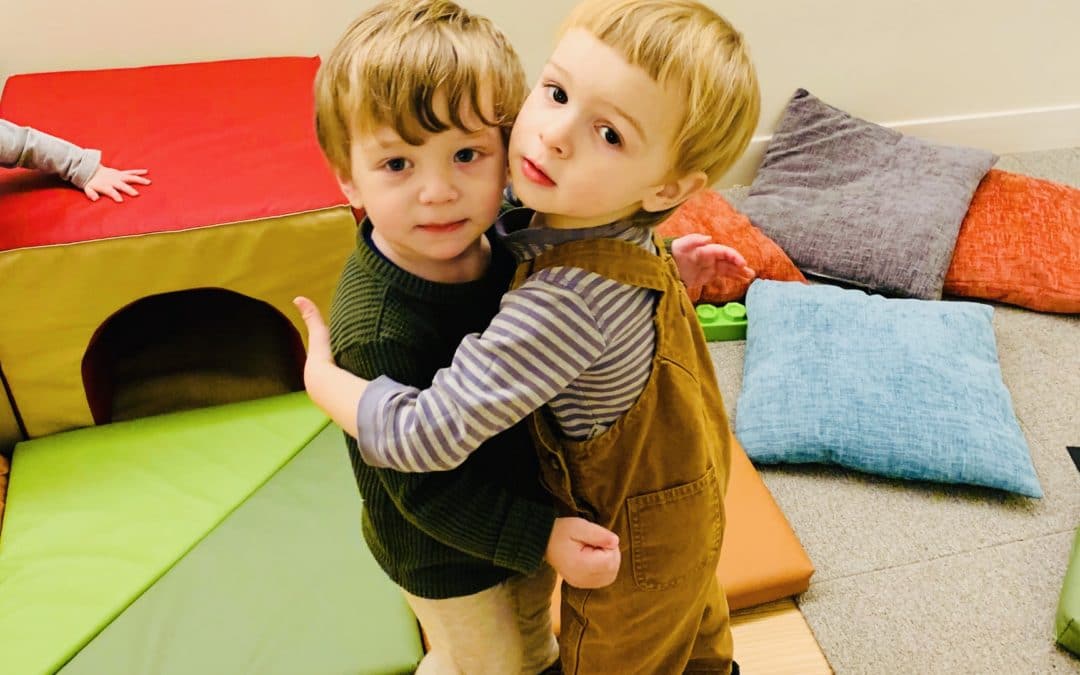June 15, 2020
“Piglet sidled up to Pooh from behind.
“Pooh!” he whispered.
“Yes, Piglet?”
“Nothing,” said Piglet, taking Pooh’s paw. “I just wanted to be sure of you.”
― A.A. Milne, The House at Pooh Corner
I am delighted to be able to write a post for the SolBe blog on a favorite topic: friendship. Friendship sustains and comforts, offers opportunities for experiencing joy and sadness, and provides the foundations for healthy awareness of the needs of others. As a new preschool teacher, one of the qualities of small children that I found most awesome was their innate ability to connect; in my first year, I watched as the new members of the group, having settled into the routines of school, were able to look outward and find other humans who shared their interests, emotional cadence and quirks. A favorite memory is of two three-year-olds who donned Batman capes on arrival each morning, now empowered to confront the challenges of the day as a dynamic duo. Friends can provide strength and complement our own insecurities. When my daughter was in preschool, I asked her who flushed the toilet for her at preschool (we were working on this fear at home) and she replied emphatically “Naomi!” This was her best friend.
At SolBe, as in most early education programs, supporting children’s’ friendships is a central theme of our work, as we realize the significance of friendships to healthy individual development and the building of community. With our youngest children (babies and young toddlers) strong attachment to educators provides a foundation for positive relationships: the comfort, communication, and shared play become the building blocks for the peer connections that follow. For older toddlers, friendship is highly emotional, full of shared hilarity, play, and inevitable conflict. Educators support friendships by modeling communication, inclusiveness and problem-solving, and by providing experiences that encourage connections with others, such as block play and shared story reading. Among preschool children friendship is perhaps the most important element of the school experience; this is the age for cooperative endeavors, such as building elaborate structures, enacting shared fantasies, and collaborating on group projects. It feels like the culmination of the preschool experience and is rich in feeling.
Something so special deserves celebration, and I have a few recommendations for anyone looking to purchase books (or, fingers crossed) borrow from a library someday soon.
“Little Blue and Little Yellow” is a favorite for little ones, with bold, simple illustrations by the renowned Leo Lionni. It simply tells the story of enjoying a good friend’s company, and includes a surprise about color mixing!
“Yo! Yes?” by Chris Raschka humorously tells the story of a street encounter that becomes a friendship; the expressive body language of the boys is a useful starting point for conversations on understanding the emotional states of others.
For an older child (maybe 4 and up?) “Ira Sleeps Over” by Bernard Waber presents a dilemma that worries many children: being judged and made fun of. Ira follows his feelings and is rewarded with an increased sense of connection and confidence.
Parents will find much enjoyment in watching their children develop friendships, and if you reach out to fellow families, you will probably find some new friends, too!


